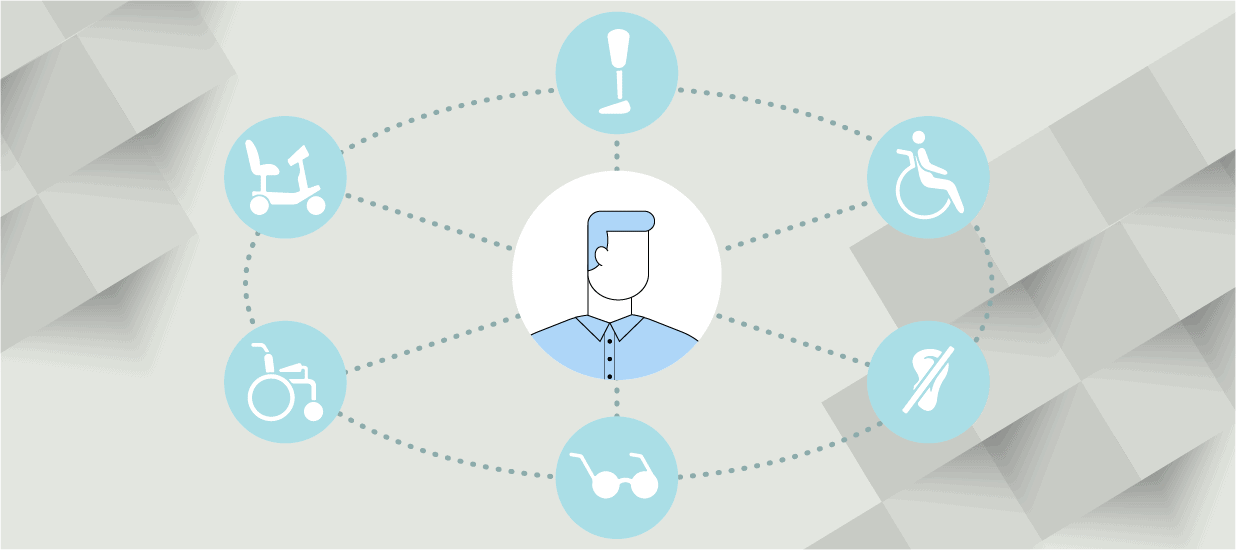4 minute read
What are the different responsibilities of a product owner vs product manager? Where do the roles overlap and do companies need both? This article answers these and other often asked questions.
The roles of Product Owner and Product Manager are often confused, leading to misconceptions about their distinct responsibilities and where each fits within a team. This longstanding debate is understandable; after all, the lines between the roles are blurred in some organizations and nonexistent in others, as one role carries the responsibilities of both.
So what is the difference between a product owner and a product manager? Understanding what makes these two roles different can help companies streamline their product development process and optimize outcomes. In this article, we will dive into the distinctions, similarities, core responsibilities and factors a company needs to consider when deciding whether to hire a Product Owner, a Product Manager, or both.
Differences Between Product Owners and Product Managers
At a high level, the Product Manager focuses on the overall strategy behind a product and the Product Owner handles the tactical, day-to-day management of the product development process. Let’s take a closer look at how these distinctions break down.
Product Managers
The Product Manager is often seen as the visionary of the product, defining its goals, roadmap and long-term strategy. They work closely with stakeholders, including marketing, sales and customer success teams, to make sure that that product meets the needs of customers and business goals. Product Managers focus on high-level strategy, defining product-market fit, prioritizing features based on market trends, and setting product goals.
Product Owners
The Product Owner is more execution-focused and works directly with the development team, especially within Agile or Scrum frameworks. They translate the Product Manager’s vision into actionable tasks and oversee the product backlog, ensuring each feature aligns with the end goal. Product Owners prioritize daily tasks, manage sprints and are heavily involved in decision-making during the development process.
You can think of it like this:
- Product Managers establish the “why” behind the product.
- Product Owners establish the “how” it gets done.
Typical Product Manager Responsibilities
The average Product Manager’s role is broad and strategic, and their responsibilities center on overall product direction and market fit.
Here are some of the primary tasks Product Managers handle:
Market Research and Strategy: Product Managers conduct extensive market research to understand industry trends, customer needs and competitive landscapes. They talk with customers and become experts in their preferences. This information guides the product’s strategic direction.
Roadmap Creation: Based on research and feedback, Product Managers create a product roadmap, outlining key features and goals over time. This roadmap is shared with stakeholders to align on priorities.
Cross-Functional Collaboration: Product Managers work with departments like sales, marketing, and customer support to make sure that the product supports company goals and meets customer expectations.
Setting Goals and KPIs: It’s the job of the Product Owner to evaluate the product’s performance and make data-informed decisions. One way to do this is to define key performance indicators (KPIs) and decide which metrics indicate success in the marketplace.
Typical Product Owner Responsibilities
Product Owners, primarily working in Agile environments, focus on managing and prioritizing tasks to ensure that the development team meets the product goals set by the Product Manager.
Their main responsibilities include:
Managing the Product Backlog: The Product Owner maintains a well-prioritized backlog, detailing tasks and requirements for the development team. They ensure the highest priority tasks align with the overall product strategy.
Defining User Stories and Acceptance Criteria: Product Owners write detailed user stories and set criteria that guide developers on what to build and how it should function, ensuring it meets user needs.
Sprint Planning and Coordination: It’s usually the Product Owner who organizes sprint planning meetings, facilitates communication between team members and ensures that everything is on pace to hit deadlines.
Feedback and Iteration: Product Owners gather feedback from stakeholders and make adjustments to the backlog in order to keep development in line with the evolving needs of the product.
Similarities Between Product Owners and Product Managers
While their focus areas differ, Product Managers and Product Owners share some similarities in their work:
Customer-Centric Focus: Both roles are focused on delivering a valuable product to the customer but come at it from different angles. Product Managers look at the bigger picture, while Product Owners focus on the immediate implementation.
Cross-Team Collaboration: Both roles collaborate with multiple teams and must be skilled communicators to gather feedback and ensure alignment.
Stakeholder Management: Product Managers and Product Owners regularly interact with stakeholders, though the nature of these interactions may differ. Both must effectively communicate product updates, changes and feedback.
Why a Company Might Have One Role or Both
Some companies choose to separate the roles of Product Manager and Product Owner, while others combine them into a single role. The decision depends on many factors, like the company’s size, structure, and the product’s complexity and development process.
Larger, Complex Products: In larger organizations or companies developing complex products, both roles are necessary to manage the product’s lifecycle effectively. The Product Manager oversees the product’s vision and strategy, while the Product Owner ensures the development team aligns with those goals.
Smaller Startups or Simpler Products: Startups or smaller teams with more straightforward products may have a single person fill both roles. In such cases, the person in charge must balance strategic planning with hands-on task management.
Agile or Scrum Environments: Agile companies often have both roles, with the Product Owner working closely with the scrum team to make sure that every sprint moves the product closer to the desired objectives. In this setting, Product Managers stay focused on market trends and customer needs.
Resource Availability: Budget constraints or team size may affect a company’s ability to hire for both roles. Companies may choose to prioritize a Product Manager for strategy-focused roles or a Product Owner for execution-focused roles, depending on current needs. In this situation, the role tends to be a hybridization of the two, handling the critical tasks of both.
It’s easy to understand why the lines between these roles have been blurred. And, though their responsibilities differ, both roles are important in delivering a successful product that meets customer needs and supports business goals. By defining the roles and their responsibilities clearly, companies can better allocate responsibilities, improve team efficiency and deliver more value to their customers.
Author
-

The Pragmatic Editorial Team comprises a diverse team of writers, researchers, and subject matter experts. We are trained to share Pragmatic Institute’s insights and useful information to guide product, data, and design professionals on their career development journeys. Pragmatic Institute is the global leader in Product, Data, and Design training and certification programs for working professionals. Since 1993, we’ve issued over 250,000 product management and product marketing certifications to professionals at companies around the globe. For questions or inquiries, please contact [email protected].
View all posts








